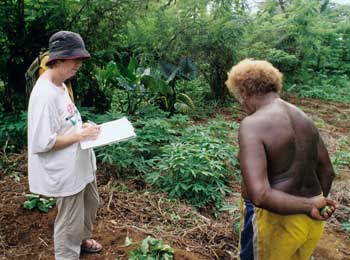

a) Collect as much information as you can
The four function types are mirrored in the four main tools used for interpreting dreams. One can associate thinking, for example, with asking for more information about the figures, places, objects, colors and climate of the dream. Here, unless the dreamer has a lot of experience in working on his or her dreams, one should avoid asking a vague question like, "what do you associate to ...?". This has the bad effect of causing the dreamer to use his or her thinking and start reflecting about the dream. This in turn can put him or her on guard, so to speak, about possible symbolic meanings of his or her dream images. It also tends to break the mood of the dream. This is why I recommend that you try to just gain as much concrete information about the dream and the various events and images appearing there as possible. Asking simple, obvious questions like about size, age, color, dress, setting, weather, and time of day often lead to amazing recollections that the dreamer him- or herself were not aware of when they told the dream or even when they wrote it down. These, then, are true associations.
Previous section Next section List of sections List of chapters